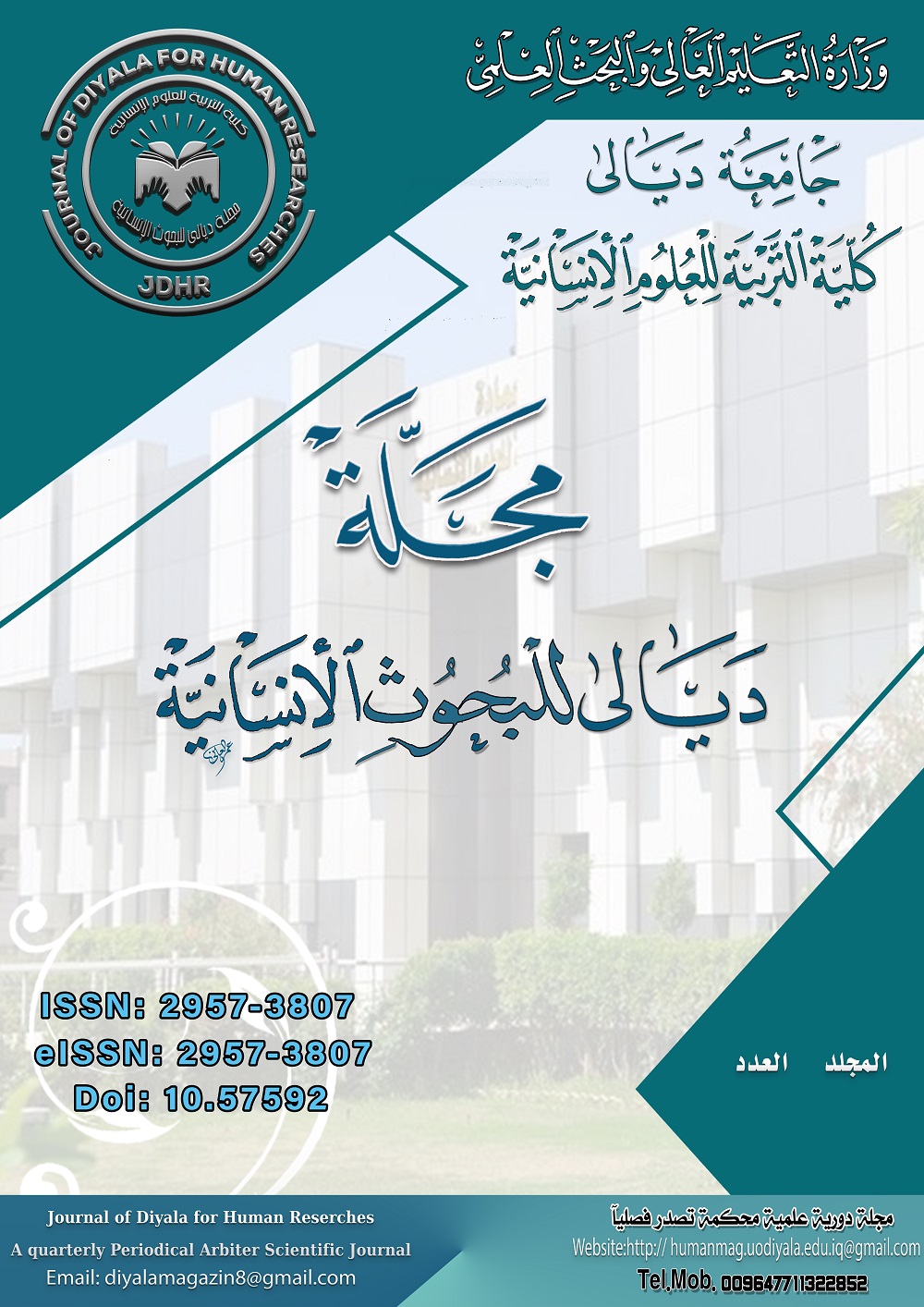الموارد المائية وأثرها في زراعة محصول القمح في محافظة ديالى للمدة من (2010-2020)
DOI:
https://doi.org/10.57592/wc0q0y17Abstract
Downloads
Published
2025-09-15
Issue
Section
بحـــــــوث العــــــدد
License
Copyright (c) 2025 م.د. خالد نعمان محمد الحمداني

This work is licensed under a Creative Commons Attribution-NonCommercial 4.0 International License.

